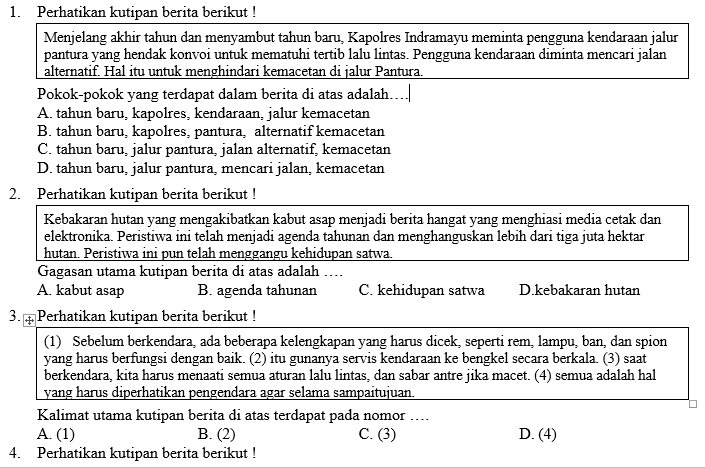Mar 05, 2017 Šta je zapravo narkomanija? Navika uživanja narkotika Svjetska zdravstvena organizacija Tri vrste ovisnosti: fizička, psihička i stanje tolerancije Toksikomanija Habituacije droge Narkomafija 4.
Title: Chapter 6: Aniseikonia 1 Chapter 6 Aniseikonia Definition Inter-ocular difference in magnification Type A All meridian magnification (no stereoscopic effects) associated with anisometropia. Type B Meridional Magnification (creates stereoscopic tilting plane illusion) created by ophthalmic corrections (i) horizontal meridional magnification (ii) vertical meridional magnification (iii) oblique axis meridional magnification (iv) meridional magnification that varies across the visual field 2 Examples of B-scan ultrasound images from two eyes of an anisometrope. 
Notice that the primary differences is axial length. Right Eye Left Eye All significant anisometripias are caused by inter-ocular differences in axial length and not optical power 3 Magnification Retinal image size can be easily estimated by tracing the undeviated nodal ray.
Remember, for a focused image, all rays coincide at the image plane, thus any ray will give the same image size. The nodal ray is preferred because of ease since it is undeviated. Nodal ray Emmetrope n However, if the image is not focused, then each ray arrives at a different retinal location (each forms a different part of the blur circle). In this case, we must use the Chief ray to determine image location since it forms the center of the blur circle. 4 Using the chief ray we can see that retinal image size is larger in uncorrected axially myopic eyes. Axial Myope Chief ray Emmetrope But what will happen when we correct the myopia?

5 Correcting ametropia with a spectacle lens Using the anterior focal point ray, the ray is parallel to the optical axis in the eyes image space. By placing the correcting lens in the eyes anterior focal plane, the lenss undeviated nodal ray is the eyes anterior focal point ray. Thus, in the eye corrected with a spectacle lens placed at the anterior focal plane will have the same retinal image size as an emmetropic eye. Axial Myope Emmetrope Fe, NL Graphic Demonstration of Knapps Law retinal image size is independent of level of ametropia when corrected at anterior focal plane 6 Correcting ametropia at corneal plane (contact lens, refractive surgery, orthokeratology) Corneal plane correction Chief ray Axial Myope Emmetrope This technique changes the optical power of the first and most significant refracting surface, in so doing, it changes the optical power of this surface, and thus changes the eyes nodal points, anterior focal point, principle planes etc. The only ray that is relative stable is the chief ray. We thus use the chief ray to assess image quality in this case.